
Try SellerChamp for Yourself!
Schedule a demo today and discover how our Bulk Lister can help you list more products, increase sales, and grow your e-commerce business faster than ever.

What is Multi-Channel E-Commerce?
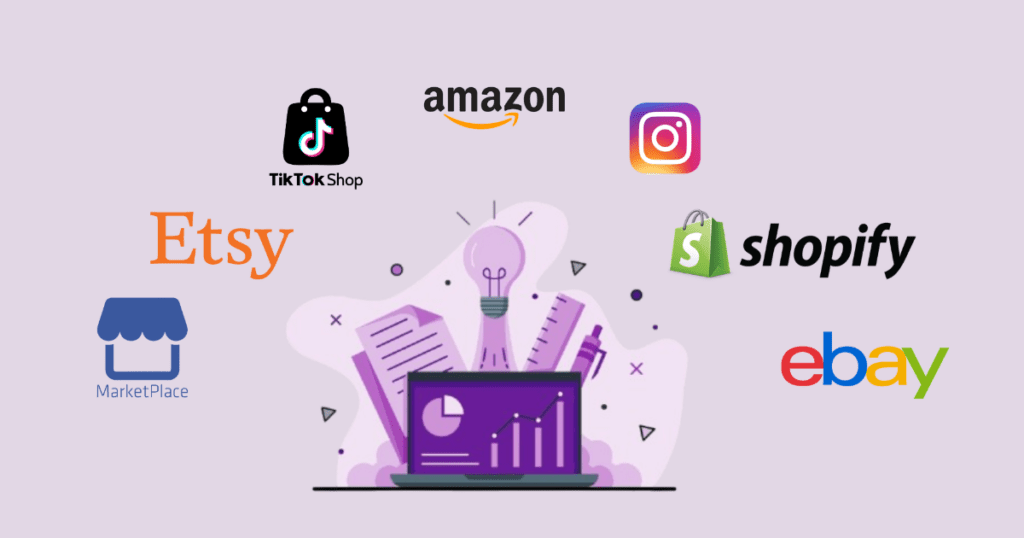
Multichannel selling is being present wherever your customers might be. By embracing multichannel selling, you increase your discoverability and enhance customer convenience, making shopping easier for them.

Why Do Sellers Need Multi-Channel E-commerce?
With multi-channel selling, you take control of your business and sales, independent of third-party platforms.
- Sellers using multi-channel strategies generate higher profits compared to those relying on a single platform.
- With increased sales, businesses grow faster and can access greater expansion opportunities.
- 72% of customers prefer engaging with brands across multiple channels.
- eCommerce sellers using three or more channels generate 143% more revenue than those relying on one or two
- Over 70% of customers prefer to switch between different purchasing methods—buying online, in-store, or via different online channels, etc.
- Consumers have varying preferences when choosing where they buy from. Selling on multiple channels increases the likelihood of your business being on a preferred platform.
- Each sales channel offers distinct strengths. For instance, Amazon excels with its expansive inventory, while TikTok Shop offers convenience and the potential for impulsive purchases. By targeting multiple channels, you can not only reach a broader audience but also leverage different strategies that align with each platform’s unique characteristics.
How are E-Commerce Market Trends Supporting the Shift to Multi-Channel Selling?
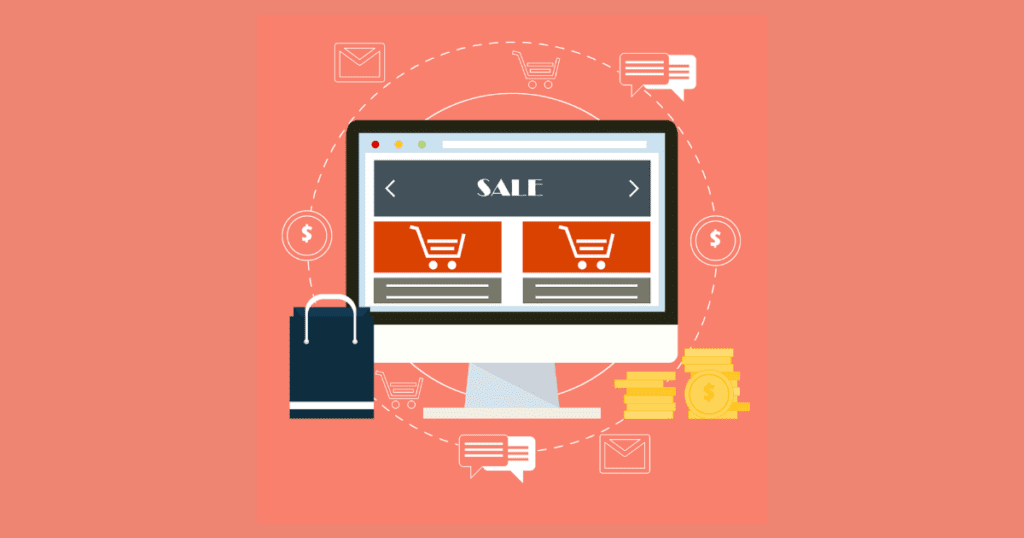
1. Consumer Preference for Convenience
More than two-thirds of companies now largely compete on customer service and satisfaction rates. In such a competitive landscape, investing in positive customer service is a key route to success.
- Better address evolving consumer needs
- Enhance brand visibility and attract online customers
- Drive higher engagement and sales.
- Understand customer needs better and improve services.
2. Expansion of Online Marketplaces
3. Technological Advancements
Over the past two years, 68% of businesses using technology for efficiency, innovation, and growth have seen revenue improvements. Additionally, 76% report operational cost reductions as a direct result of technology.
4. Increased Revenue Potential
- Multi-channel shoppers, on average, spend 3x more than those who buy from a single channel only.
- With approximately, 3/4th consumers preferring to buy from multiple channels, diversifying sales channels allows you to access more opportunities for higher revenue.
- eCommerce sellers using multiple channels make approximately 1.5 times more than competitors.
- Revenue generated by multi-channel sales has steadily increased since 2019. This has prompted a growing number of businesses to adopt this strategy each year.
5. Enhanced Brand Visibility and Identity
Over 70% of customers prefer interacting with brands across multiple channels, with frequent, multi-channel interactions boosting average revenue per customer by up to 30%.
5 Common Problems with Single-Channel Selling
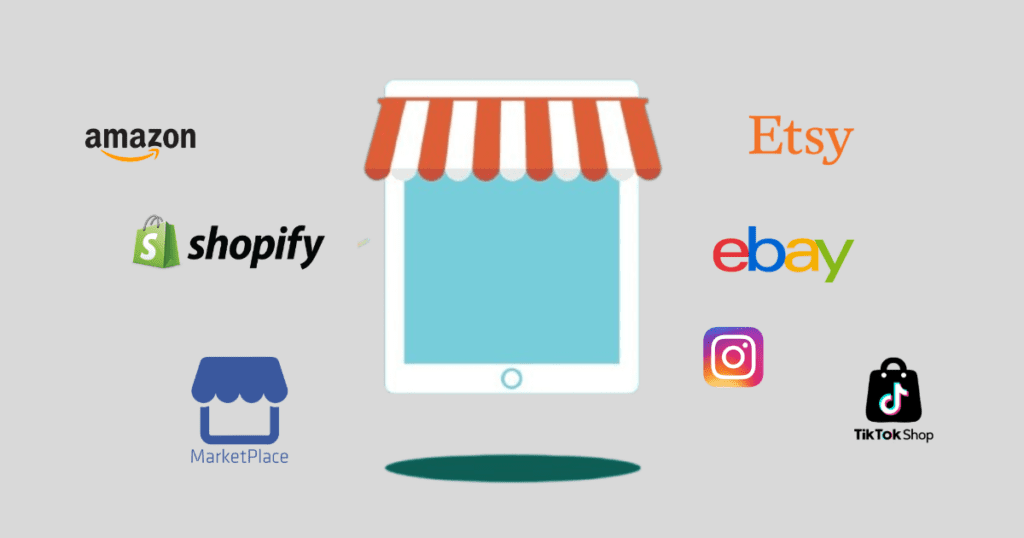
1. Limited Customer Reach
2. Revenue Dependency
3. Brand Visibility
4. Operational Challenges
5. Lack of Data Insights
- Single-channel selling restricts the data you can track and analyze. This makes it challenging to understand customer journeys and preferences, further limiting your ability to tailor marketing efforts and improve decision-making.
- A lack of actionable data insights can lead to missed opportunities, inaccurate forecasting, and suboptimal business strategies.
- While inventory management may seem straightforward with a single channel, fluctuating demand can make it difficult to track and optimize stock levels effectively.
Single-Channel Fulfillment vs. Multi-Channel Fulfillment
| Aspect | Single-Channel Sales | Multi-Channel Sales |
|---|---|---|
| Revenue Potential | Limited | High |
| Customer Reach | Limited to one platform | Reaches customers across multiple platforms |
| Brand Visibility | Restricted | Enhanced visibility across various channels |
| Engagement Rate | 5.4% | 18.96% (up to 12x higher) |
| Platform Dependency/Risk | High | Low |
| Scalability | Limited and difficult | High |
| Inventory & Order Management | Inefficient, prone to overselling & delays | Centralized, reducing overselling & delays |
| Operational Costs and Efficiency | Higher due to lack of integration | Reduced due to streamlined systems & automation |
| Customer Engagement | Limited | Frequent and seamless experiences |
| Sales Performance | Lower engagement & conversion rates | Higher engagement, increased sales & customer retention |
What Challenges Can Sellers Face Implementing Multi-Channel Ecommerce?
1. Inventory Management
- Without real-time updates, there’s a risk of overselling or running out of stock, which leads to poor customer experiences and lost sales.
- Forecasting sales is an effective way to maintain optimal inventory levels at all times. While it is fairly simple to do so with single-channel selling, working on multiple marketplaces without the right tools can make this task particularly difficult and error-prone.
2. Order Synchronization
3. Platform-Specific Policies
- Amazon has strict rules on product listings, pricing, shipping, etc, which require constant monitoring and adjustment. Failure to comply with these guidelines can lead to reduced visibility, lost sales, or account suspension. According to Forbes, Amazon suspends thousands of accounts every year, often without explanation, and views sellers as replaceable. Selling without a backup plan in such a marketplace carries significant risk.
- Similarly, platforms like Google Shopping have strict requirements for titles, product descriptions, and data presentation. Non-compliance on Google can lead to immediate suspension.
- Many times, stores also focus on homogenising offerings for convenience and comparison which can impact sellers’ growth and goals negatively.
4. Time and Resource Intensive
Solutions to Set Up Multi-Channel E-commerce
1. Centralized Inventory Management
- By using centralized inventory with multi-channel selling systems, you can sync stock updates across all platforms in real-time. This is crucial, as over 50% of global e-shoppers have reported being unable to purchase products due to out-of-stock issues.
- According to research by Capgemini, businesses using integrated inventory systems experience a 20% increase in inventory accuracy and a 15% improvement in order fulfillment rates.
- Centralized and automated inventory management enables precise demand forecasting and efficient procurement. This can include frequently purchasing a product that runs out faster, or holding off on those that don’t sell well.
2. Order Management Systems
- Businesses using automated order processing and management systems report up to 67% improvement in fulfillment speed.
- Order automation minimizes costs by reducing the reliance on manual processes.
- By streamlining order processing, businesses can free up resources to focus on other critical operations like marketing or customer services. Order management systems can help businesses cut management costs by an average of 70%.
- With an order management system, you can provide real-time tracking updates to improve transparency and customer trust.
3. Data-Driven Decisions
- Over 80% of businesses using real-time data report increased revenues.
- Companies that implement data analytics for decision-making report 6x increased likelihood of customer retention.
- Sellers leveraging data insights experience 30% decrease in stockouts and 20% reduction in over-accumulated inventory. By aligning their inventory strategies with platform-specific and other trends, such businesses can easily improve sales and reduce excess inventory.
4. Brand Consistency
- Maintain a consistent identity across all your platforms. When customers recognize your presence on multiple channels or remember having made a previous purchase, they are more likely to make a repeat purchase too.
- Statistics show that 50% customers prefer to buy from brands they recognize and remember, with an average of 6 to 7 impressions being required to become recognizable.
5. Cross-Channel Promotions and Incentives
- Cross-channel promotions allow you to collect data from customers engaging with your brand on various platforms. This data can help identify and retain loyal customers while attracting new ones.
- You can offer platform-specific discounts or exclusive deals for customers making purchases across different channels to encourage engagement.
- Building a consistent brand experience can ensure an integrated experience no matter where a customer interacts with you. This establishes that every interaction with your brand will bring value, regardless of the channel chosen.
Tools for Multi-Channel Management
| Multi-Channel Sales’ Management Tools | Functionality | Key Benefits |
|---|---|---|
| Centralized Inventory Systems | Track inventory across all platforms | Prevent overselling and stockouts Improve demand forecasting |
| Order Management Systems | Automate order processing and tracking | Reduce errors and speed up fulfillment |
| Data Analytics Tools | Analyze sales data to improve decisions | Strategic optimization of sales strategies and stock levels |
| Automation Tools | Sync inventory and product listings across channels Automate business operations and fulfillment | Reduce manual work and increase efficiency while reducing financial burden |
| Repricing Tools | Track market rates consistently and adjust sale prices optimally | Ensure competitive pricing in a crowded market |
| Customer Engagement Platforms | Manage interactions with customers and campaigns across platforms | Enhance customer loyalty and engagement |
Tips to Implement Multi-Channel E-commerce Management
SellerChamp for Multi-Channel Fulfillment
1. Bulk Lister
2. RePricer
3. Inventory Management Module
4. Insights & Reporting
5. Integrations
Reach out to the SellerChamp team today and learn more about managing your multi-channel business for success
Try SellerChamp for Yourself!
Request a demo now to see how it works. Get Started Here!


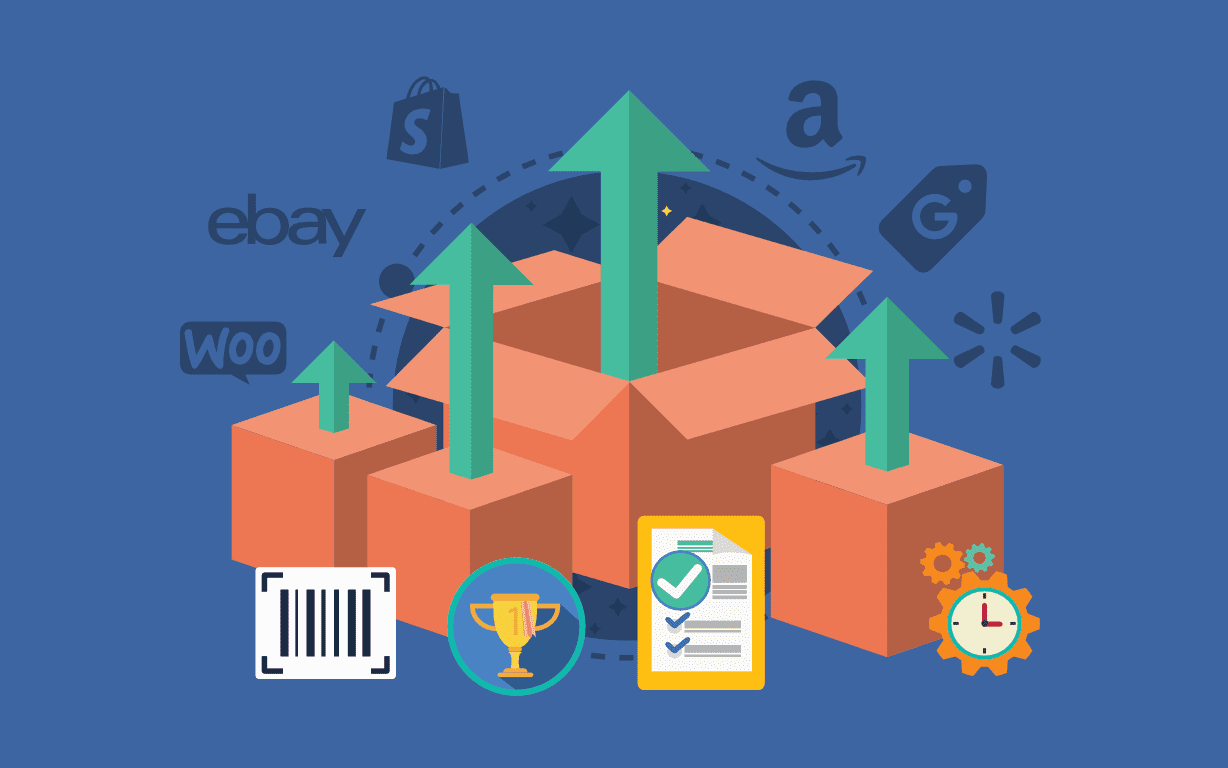

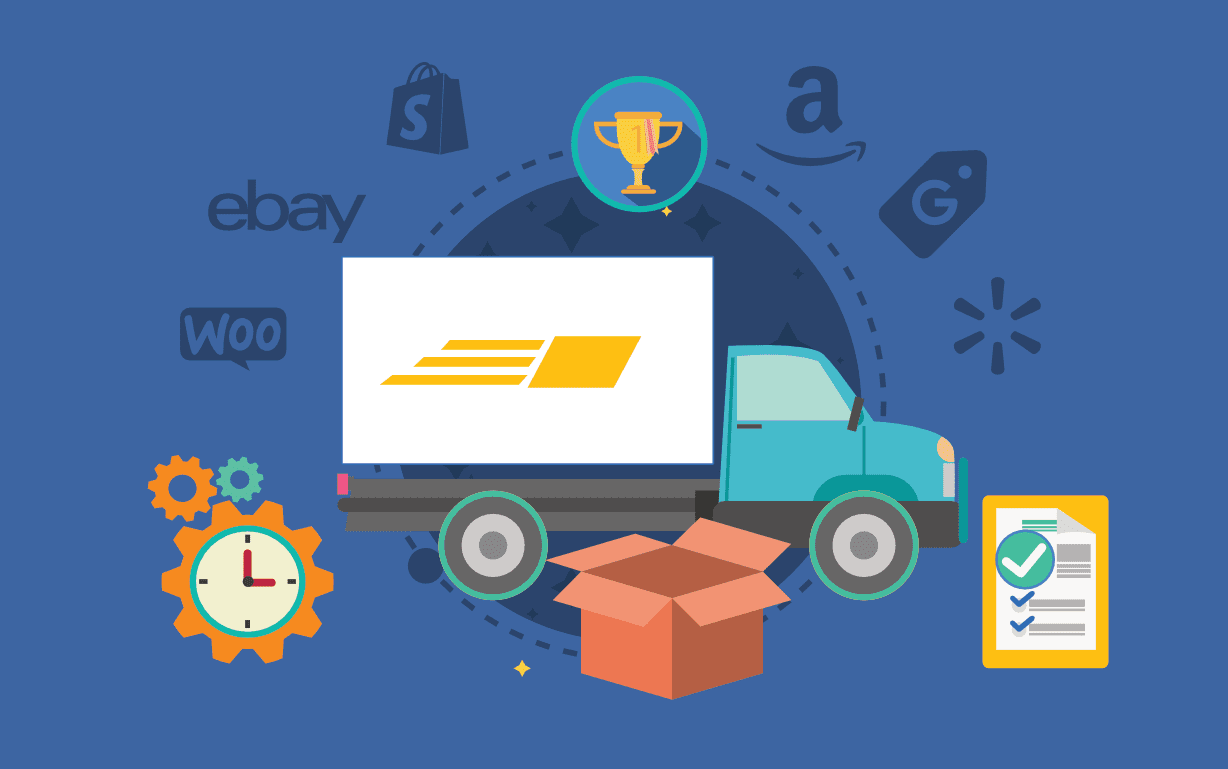

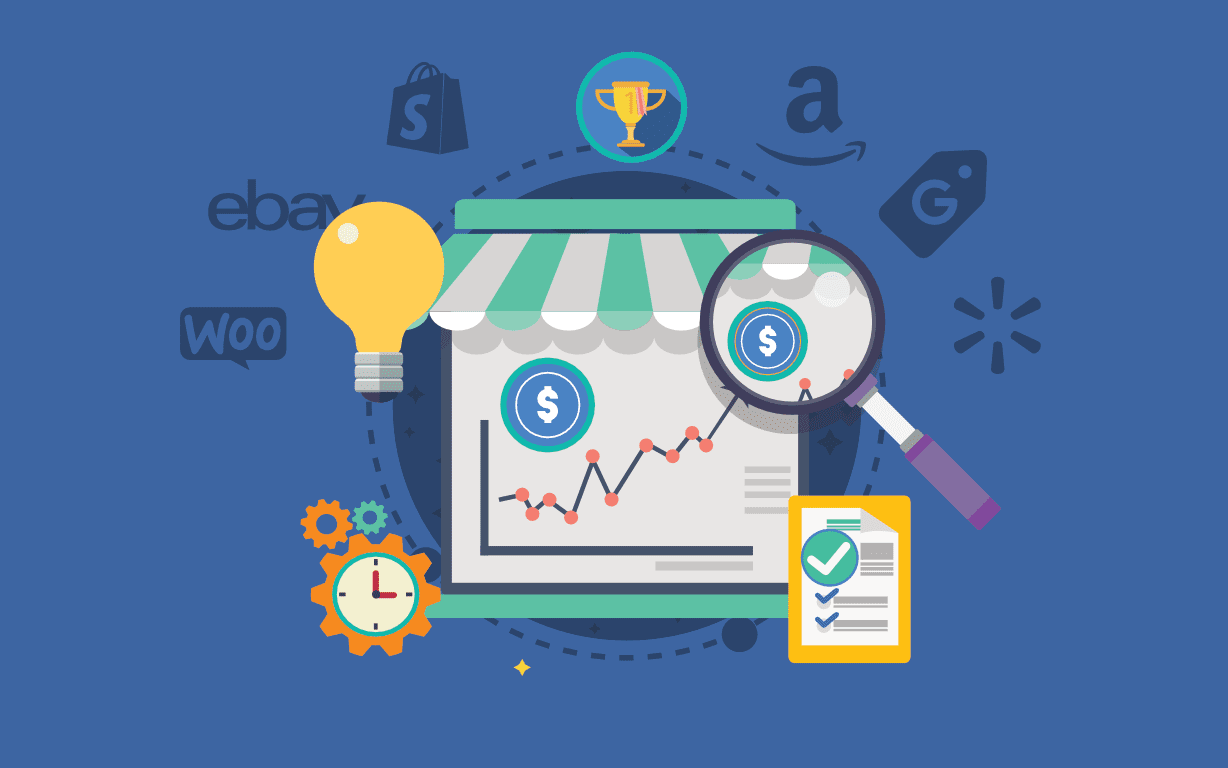
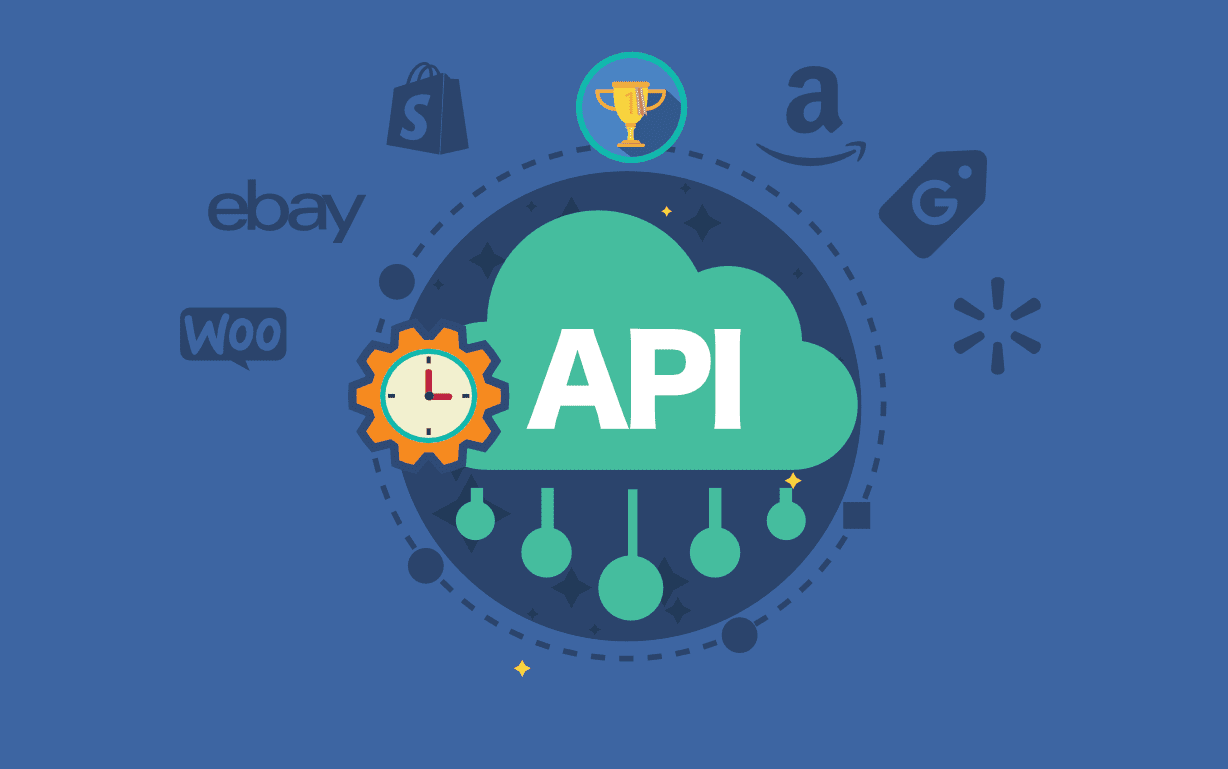
![Best Rated E-Commerce Automation Platforms and Tools [Updated]](https://sellerchamp.com/wp-content/uploads/2025/06/image4-1-600x315.png)







